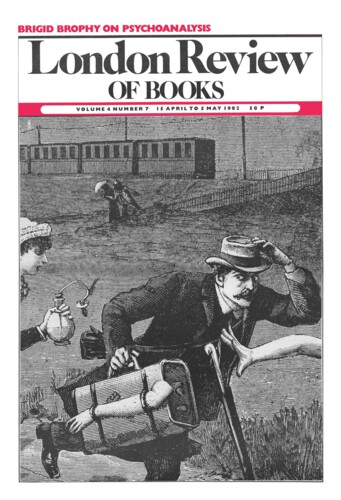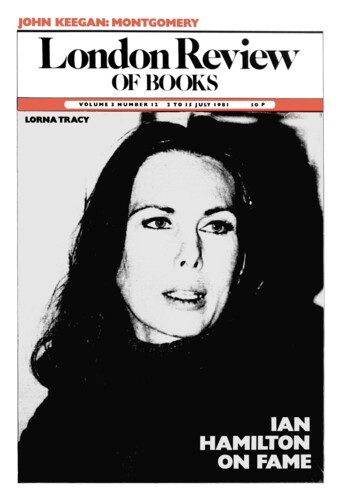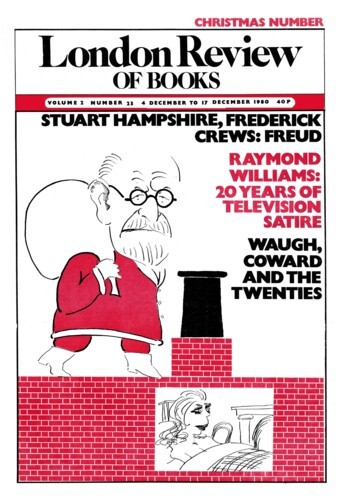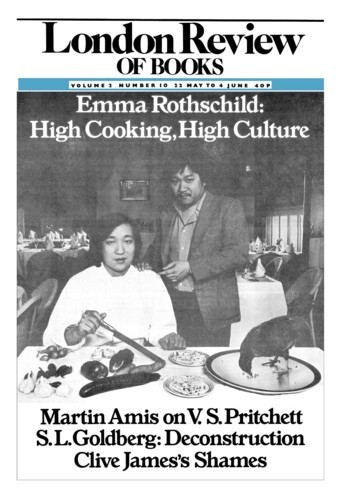The Scandalous Story of Architecture in America
Reyner Banham, 15 April 1982
Tom Wolfe’s earlier squib against Modernism, The Painted Word, was a reasonable succès de scandale among those with enough interest in the New York School of painting to want to defend it, but went little further than that. From Bauhaus to Our House, on the other hand, has achieved the unprecedented feat (in architectural publishing) of making its way, albeit briefly, into the American best-seller lists, along with all those diets, cats and Barbara Cartland.




